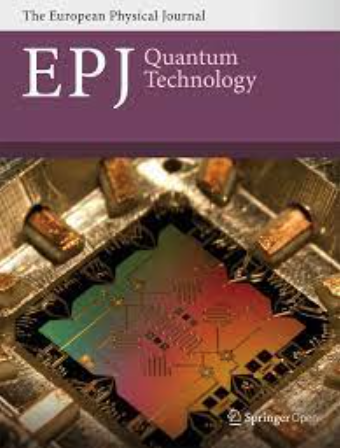Vector—towards quantum key distribution with small satellites
Abstract
A satellite-constellation based global quantum network could allow secure quantum communication between remote users worldwide. Such a constellation could be formed of micro- or even nanosatellites, which have the advantage of being more cost-effective than larger expensive spacecrafts. At the same time, the features of quantum communication impose a number of technical requirements that are more difficult to meet when using small satellites. Full-fledged quantum communication has been demonstrated with neither a micro- nor a nanosatellite so far. The authors took up this challenge and have developed a 6U CubeSat weighting 9.5 kg. The satellite is to be launched in 2023 and has already successfully passed all the pre-flight tests. The mission is not yet intended for fully quantum communication. Nevertheless, the authors are testing such key functional elements as polarization reference-frame synchronization and acquisition, pointing and tracking system on it. Besides that, the payload accommodates a full-duplex telecommunication system operating at a bit rate of 50 Mbit/s: an up- and a downlink at wavelengths of 808 and 850 nm. After the satellite is launched, the main goal to be achieved is to demonstrate stable connection between it and an optical ground station and carry out multiple communication sessions. In quantum communication, generating secret keys from raw measurement data implies two-way exchange of significant amount of information and therefore availability of a classical communication channel with a high bandwidth is one of the crucial things. In the following mission, which envisages an overall quantum key distribution system, we plan to use the free-space optical link for such an exchange of data, whereas the RF link will only be used for telemetry and telecommand.

 求助内容:
求助内容: 应助结果提醒方式:
应助结果提醒方式:


